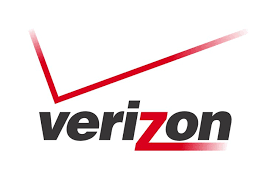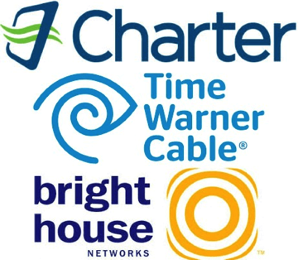Finally, here in the mountains we have real internet.
When I first moved here, we could only have dialup. That was actually OK because most business was being done on phones that were hardwired, and most documents were Faxed.

Then DSL came to town but the phone company wasn’t investing in maintenance or expansion. DSL worked pretty well for a number of years and really only presented problems when software manufacturers switched to download delivery.
It could take 12 hours to download operating system updates.
As the DSL connection degraded, the download times got longer. Eventually the DSL speeds we were seeing from Verizon were on par with the old dialup speeds. Sadly it wasn’t uncommon for my 4G connection via my cellphone to be faster.
Finally the DSL became unusable and Verizon’s “Tech People” told us the problem was our router, refusing to acknowledge the problem was in the phone lines.

In desperation we switched to HughesNet Satellite. We didn’t change our router, and it worked fine at first.
Overall it is a very expensive solution and it’s fraught with issues. Forget using WiFi calling, we never were able to use Skype, or FaceTime, over the Satellite Link. We could however use those services occasionally on the 4G cell phones as long as we didn’t move very much.
Satellite degraded over time too. Eventually we couldn’t stream music, or video, and we had to deal with datacaps on how much we could download in a month.
In the course of time I switched to a new router. While that expanded my WiFi range and sped up my internal network connections, it did nothing to correct the issue with satellite.
To be fair, In general the service worked… just not as advertised, those snazzy commercials with grandparents watching their grandchildren’s recital? Oh Hell no!

Grandma & Grandpa would be eating cheap dry cat food to pay that bill as they ran through their datacap, and clicked on “Add Data”.
In the end HughesNet became unusable for anything other than email and some web browsing, if you were willing to wait for the pages to load.
I didn’t bother trying to download software updates, preferring to wait until I got to a place with cable modem connectivity.
The same became true of the other half, all software updates were done away from home in the workplace.

Add the cost of Satellite TV which was ever increasing, and well at some point the price vs. benefit of the service(s) becomes untenable.
We’d been hearing rumors about a Fiber Service coming to town. They have in fact come to most of the town but after a year of waiting for them to get to our area they still haven’t gotten here.
Then we heard that Spectrum Cable was up here with HD TV and internet. Turns out that the price was 1/3 what we were paying for DirecTV and HughsNet.
So boom! We now have a nice little cable modem running in place of the HughesNet device. We still have DVR, and TV and the quality is good. For the first time ever, the AppleTV can be used to it’s full potential. WiFi Calling works, so hopefully there won’t be any more repeats of the old Verizon commercials “Can you Hear me now?” While running around the house to find “The Spot” where the cell signal is strong enough to be usable.

100Mbs isn’t the fastest but it’s a big improvement over the last stats from HughesNet of 1-5 Mbs.
An additional advantage is that the wiring closet is now devoid of two devices for the Satellite TV both of which generated a lot of heat in a fairly confined space.
This means that the router, switch, and hard drives will be happier.
Another odd thing I’ve noticed is that my network traffic is lower. My router isn’t having it’s IP address reconfigured every minute and in general the load on the whole system is lower.
We actually streamed a movie last night; Flawlessly.
Who knows? My little house in the mountains might be a place for me to work from home again.
Only time and the job market will tell.
Update 3/15/2017
Ah ha!
We had to badger HughesNet to get someone out here to take their dish down. Turns out, they want you, the customer to climb up on your roof to retrieve this expensive transceiver.
Neither of us was climbing 30 feet in the air onto our roof to get this piece of tech. Of course had the installer actually done what we’d asked the dish would have been where we could access it in Winter to brush the snow off and we could have had satellite internet connection all the time instead of only when the snow melted off the dish.

But the much more interesting thing is the bubbled fused dirt and debris you can see on the business end of the transceiver. All of that crusty stuff serves to deflect and degrade the satellite signals, both coming and going from the transceiver itself.
Of course since we couldn’t reach the dish, we couldn’t clean it. So now I know why the signal degraded over time. Even if we’d kept HughesNet we’d have been calling them for service or replacement of this unit.
I hate to even think what kind of fiasco it would have been to get them off their collective asses to fix this. Given that their tech support is tiered and we’d have no doubt been forced to work our way up the chain of command over weeks before we got to someone that knew enough to think about progressive signal degradation as a function of obstructions between the satellite and the dish much less as a function of granite dust or reflected heat fusing dust and debris on the focal point of the signal.
I hadn’t thought about it either until I saw this unit and scratched my finger across the lens.
Well, you learn something new every day…
